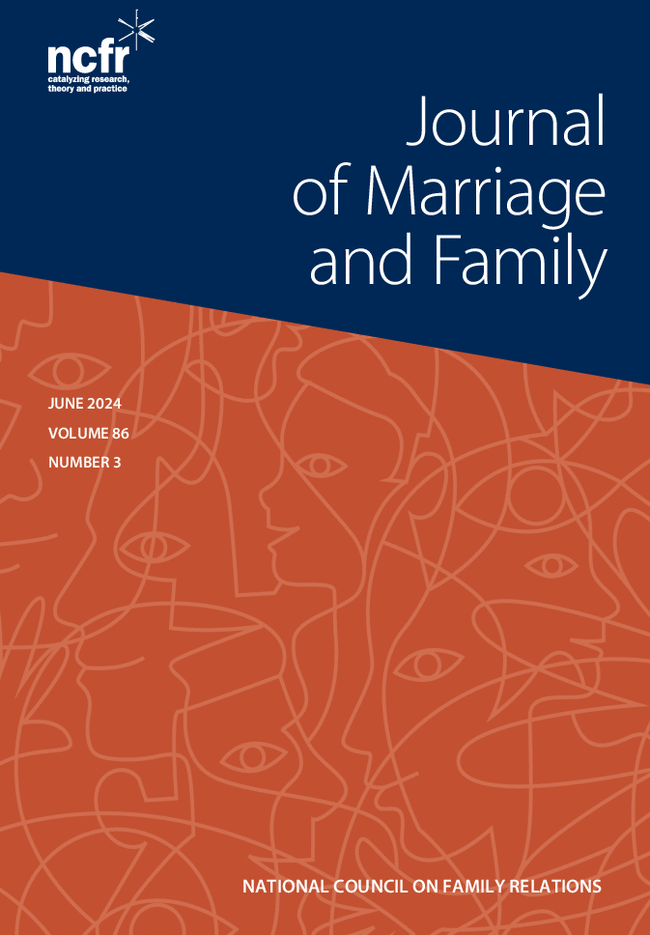Other adults in the United States: Improving survey measures of youths' non-parental adult relationships
Abstract
Objective
This study uses in-depth interview data to investigate the impact of non-parental, “other adults” (OAs) on youth development and highlights the importance of better measuring OAs' contributions through the nation's survey infrastructure.
Background
Extant survey measures of youths' social relationships were developed in an anomalous historical period of nuclear family dominance. We argue that these measures do not capture the demographic and economic shifts of the late 20th century, which likely made OAs more salient in youths' lives.
Method
Analyses draw on life history interviews with 40 youth-primary caregiver dyads sampled from the Future of Families and Child Wellbeing Study (FFCWS). We triangulate interview data with questionnaires from the four major nationally representative surveys used in research on youth outcomes to compare how meaningful social ties were described by interviewees versus operationalized in surveys.
Results
We identified four limitations of extant survey measures in capturing youth–OA relationships. Existing measures typically reproduce the nuclear family model by centering biological and stepparent relationships to the exclusion of OAs; capture OAs' financial contributions but not their socioemotional contributions; neglect harmful OA influences; and treat OAs as aggregates, missing within-group heterogeneity. We illustrated these limitations using the rich interview data.
Conclusion
The FFCWS, drawing on these interviews, has added new measures capturing youth–OA relationships to its year 22 survey wave. Future studies can use these measures to better estimate the population-level effects of OAs and alternative family structures on the outcomes of youths raised in nonnuclear and disadvantaged families.

 求助内容:
求助内容: 应助结果提醒方式:
应助结果提醒方式:


